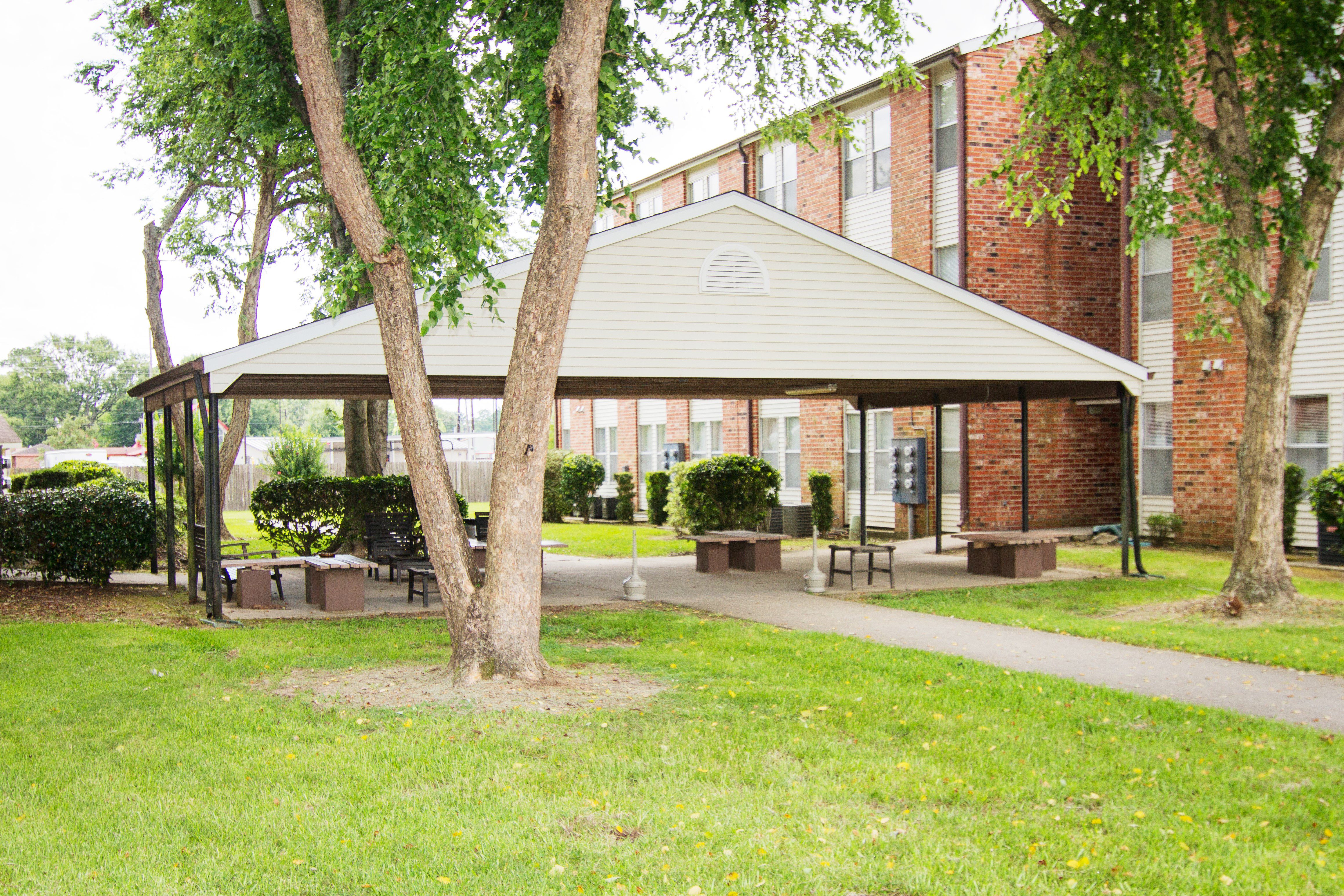
Moss at Kinkaku-ji Temple (Golden Pavilion). This coexistence of visual strength and physical fragility is what makes mosses so compelling to the human mind.” “But at the same time, they are so fragile that you cannot step on them. “Covering the surface of the earth, mosses strongly express the landform,” he said. Even in these tiny spaces, moss joins the disparate pieces, knits rock to earth, pulls individual plants into unified compositions.Ī friend of ours, Ken Kawai, who teaches landscape architecture at Kyoto University of Art and Design, took us through several gardens in the city and explained the appeal of moss. During our visit, we saw how modern homeowners weave it into private courtyards and front gardens, among paving stones, along curbsides and fences, and as a linking wash between bonsai trees. For at least 1,000 years, Zen monks have celebrated its presence in written descriptions of temple landscapes. In Japan, moss is regarded as an essential element: a symbol of harmony, age, and tradition.


One of the reasons we went to Kyoto was to revel in moss-usually more of a bit player in landscapes-as a central feature, the main event. Moss is an element in many Kyoto gardens, including those at the Okochi Sanso villa.


 0 kommentar(er)
0 kommentar(er)
